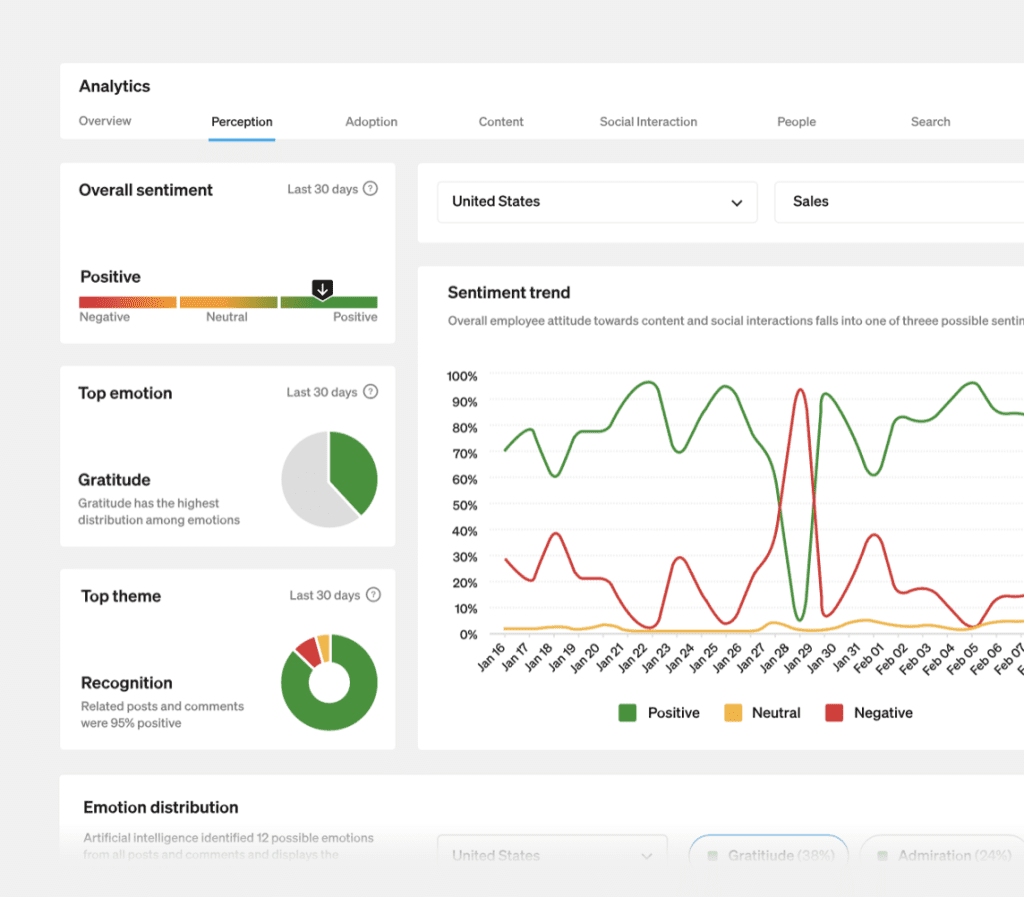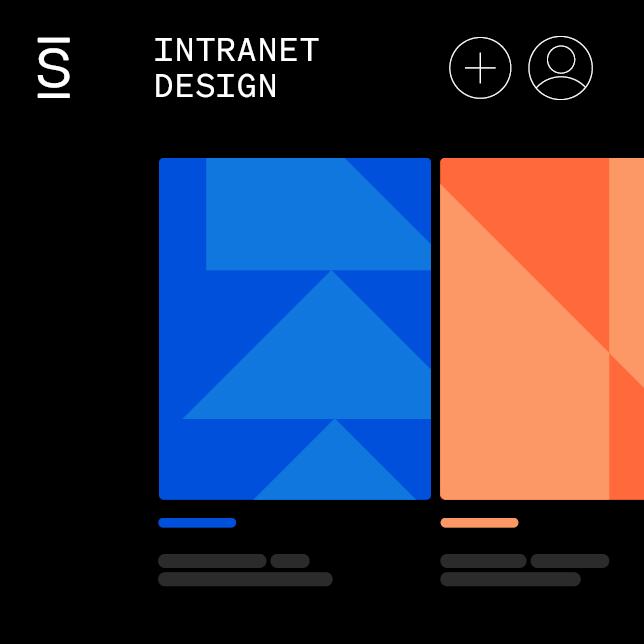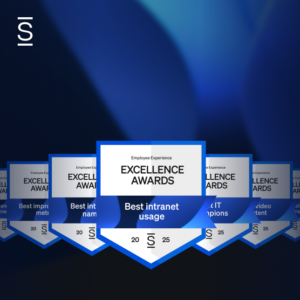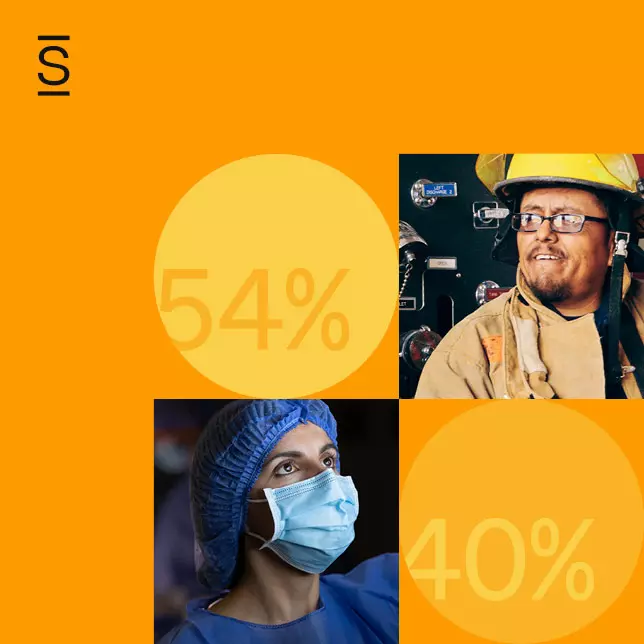Employee engagement is critical in our ‘quiet quitting’ world, but companies struggle to understand and connect meaningfully with an increasingly distributed workforce. This is where our real-time Employee Listening comes in. By combining passive and active listening with AI, Simpplr can help deliver and improve the workplace and employee experience.
Creating a positive company culture and improving employee engagement, retention, and productivity is achievable when Employee Listening enables people leaders to see a fuller view of their organization, including the underlying sentiment and perception. There are some challenges to overcome first, though.
Top employee feedback challenges
Collecting employee feedback isn’t easy, but it is essential. Unfortunately, many businesses rely on outdated or less-than-accurate data, which can lead to a decline in the employee experience (EX) they should be elevating. Key moments for employees get missed, leaving them feeling like the organization doesn’t care. And employees become apathetic and less engaged. There are a number of associated challenges, and each feeds into the other, including:
1. Over-reliance on traditional surveys
Companies often rely on sending out surveys and tallying the results. The turnaround time here is prohibitive, offering a rearview snapshot. Feedback isn’t timely, it isn’t tied to specific events, and it results in missing out on true employee sentiment and emotion. Without context and timeliness, companies can’t address employee concerns and make necessary adjustments when it matters.
2. Failure to identify and prioritize concerns
Without timely feedback from employee listening efforts, it’s difficult, if not impossible, for leadership to identify, prioritize and improve the employee experience. Efforts can end up sporadic, disconnected, and ineffectual long term if they aren’t monitored consistently or measured for impact.
3. Employee feedback is biased or left to languish in siloed systems
Traditional survey tools capture point-in-time feedback that’s easily tracked back to individuals, and employees know this—so it results in biased feedback. And even when employees are feeling brave and offer crucial feedback, this insight often languishes with HR or whichever department facilitated the data capture, and nothing changes.
4. Employees feel unheard and risk leaving
When employee concerns aren’t captured and addressed, it’s a missed opportunity. These concerns are meaningful to employees, and feeling ignored can be a serious transgression. It’s a disconnect that increases the risk that they’ll leave to find another company. This puts your business at risk at a time when retention of top talent is a pressing concern spanning every industry
Our Employee Listening was purposefully designed and built to address these challenges, though—to help you benchmark, deliver, and improve your EX.
Advanced and real-time employee feedback to inform action
Our Employee Listening solution equips business leaders with actionable insights that provide a continuous and comprehensive view of how to improve the employee experience. We’ve extended our modern intranet platform, amplifying both active and passive listening capabilities, so employers know what areas to prioritize to improve the employee experience. And this active and passive combination is an essential component of our Employee Listening solution.
Active and passive listening
Active listening encompasses what employees want to tell you. We capture multichannel feedback that employees opt into, and this can take many forms, including:
– Pulse and engagement surveys
– All-purpose surveys
– Sentiment checks
– Awareness checks
Passive listening supplements active listening with information captured that reveals how employees feel. It’s the data that’s analyzed (not by opt-in) continuously across the intranet platform and is surfaced in the Perception dashboard.
Perception Dashboard
The Perception Dashboard analyzes and consolidates the people insights from both active and passive listening. AI-powered passive listening collects millions of data points across the platform to detect emotions, sentiments, and language patterns. And it delivers insights that reduce the time from “signal to action” with clear improvement paths. The dashboard then surfaces employee themes, sentiment trends, and internal benchmarks to make it easy for people leaders to understand.
Employee Listening captures timely insight to inform and prioritize rapid, data-driven decisions. With it, leaders can address unspoken needs by understanding, adapting, and responding to changing trends and attitudes before they become bigger issues. And this not only eliminates guesswork but also reduces bottlenecks and other unseen challenges. Businesses can reframe these challenges into learning opportunities before they take hold.

Are you ready to listen?
Real-time Employee Listening insights enable companies to foster a supportive culture and to take action to improve engagement and retention quickly. And that is any company’s most valuable asset—its people.
Reach out for a demo, and we’ll show you how these insights are presented on easy-to-use dashboards, enabling employers to address potential issues, opportunities, and trends proactively.


















